Home>Furniture & Design>Interior Design Trends>What Is Trending In Home Decor In 2025
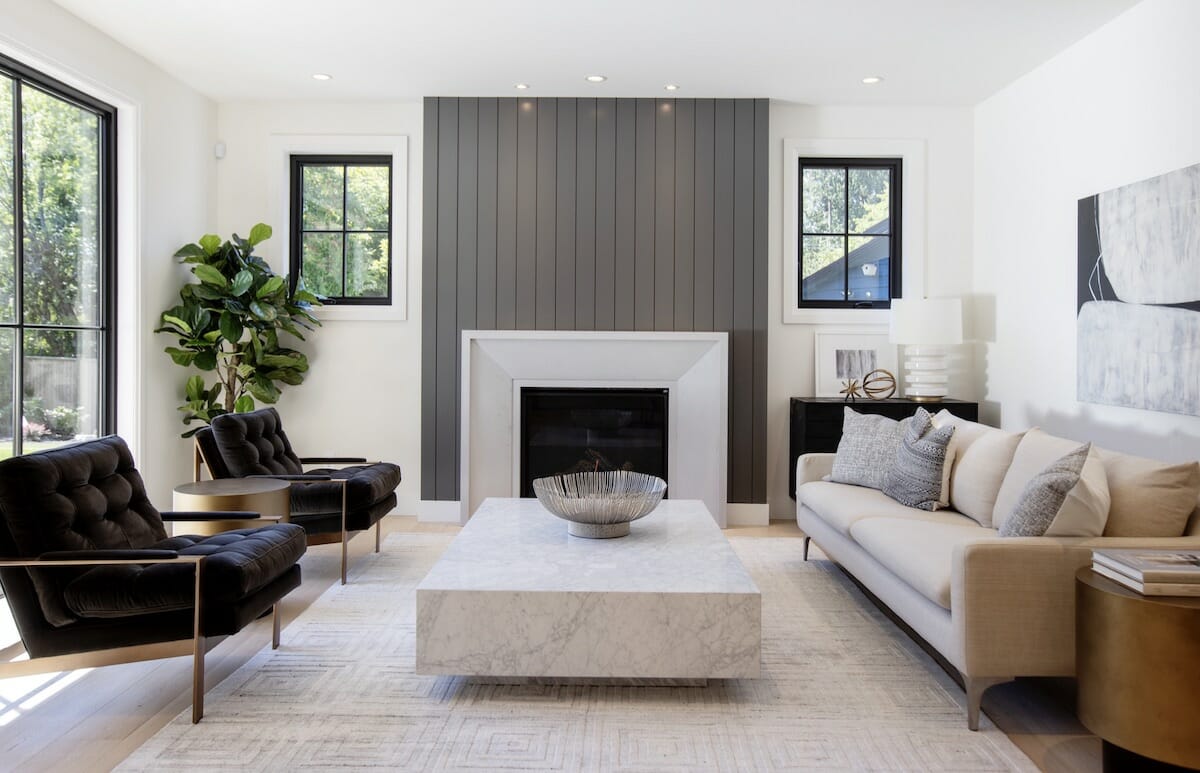

Interior Design Trends
What Is Trending In Home Decor In 2025
Modified: June 10, 2025
Stay ahead of the curve with the latest interior design trends for 2025. Discover the hottest home decor styles and ideas to elevate your space. Explore the top trends now!
(Many of the links in this article redirect to a specific reviewed product. Your purchase of these products through affiliate links helps to generate commission for Storables.com, at no extra cost. Learn more)
Sustainable Materials
In 2025, the use of sustainable materials in home decor is a prominent trend that continues to gain momentum. This eco-conscious approach involves incorporating materials that are environmentally friendly, ethically sourced, and have a low impact on the planet. From furniture to flooring, homeowners are increasingly opting for sustainable options that align with their values and contribute to a healthier ecosystem.
Bamboo:
Bamboo, a rapidly renewable resource, is highly sought after for its versatility and sustainability. It is used in various aspects of home decor, including flooring, furniture, and decor accents. Its natural aesthetic and durability make it a popular choice for eco-conscious individuals seeking an organic feel in their living spaces.
Recycled Glass:
Utilizing recycled glass in decor elements such as countertops, tiles, and decorative accessories is a sustainable choice that reduces the demand for new raw materials. This trend not only adds a touch of elegance to interiors but also minimizes waste by giving new life to discarded glass.
Reclaimed Wood:
Reclaimed wood continues to be a favored material for creating rustic yet stylish furniture pieces, accent walls, and flooring. Its weathered appearance and unique character add warmth and history to interior spaces while reducing the need for fresh timber, thus promoting forest conservation.
Cork:
Cork, harvested from the bark of cork oak trees, is a sustainable material that has gained popularity in home decor. Its natural insulating properties make it an ideal choice for flooring, wall coverings, and furniture. Additionally, its sound-absorbing qualities contribute to a quieter and more peaceful home environment.
Recycled Metal:
Embracing the industrial-chic aesthetic, recycled metal accents and furniture are making a statement in modern interiors. From light fixtures to wall art, incorporating recycled metal not only adds an edgy flair to spaces but also reduces the environmental impact of metal production.
The incorporation of sustainable materials in home decor not only reflects a commitment to environmental conservation but also adds character and individuality to living spaces. As homeowners increasingly prioritize sustainable living, the use of eco-friendly materials is set to remain a defining trend in interior design for the foreseeable future.
Key Takeaways:
- Embrace sustainable materials like bamboo, recycled glass, and reclaimed wood for eco-friendly home decor that reflects your values and promotes a healthier planet.
- Infuse your living spaces with earthy tones, from warm neutrals to natural browns, to create a tranquil and timeless aesthetic inspired by the beauty of the natural world.
Earthy Tones
In 2025, the resurgence of earthy tones in home decor signifies a return to nature-inspired color palettes that evoke warmth, comfort, and serenity. This trend embraces hues that are reminiscent of the natural world, creating a harmonious and grounding atmosphere within interior spaces. From muted greens to warm terracottas, earthy tones are making a significant impact on design choices, influencing everything from wall colors to furniture selections.
Warm Neutrals:
Warm neutrals such as sandy beiges, soft taupes, and creamy off-whites are being favored for their ability to create a soothing and inviting ambiance. These versatile hues serve as an excellent foundation for various decor styles, allowing for easy coordination with other colors and textures.
Muted Greens:
Inspired by the tranquility of nature, muted greens, including sage and olive tones, are gaining popularity in interior design. These calming hues bring a sense of rejuvenation and balance to living spaces, whether used on walls, upholstery, or decor accessories.
Earthy Terracottas:
The rich, earthy appeal of terracotta tones adds depth and warmth to interiors. Whether incorporated through ceramic vases, textiles, or wall paint, these hues infuse spaces with a cozy and welcoming feel, reminiscent of sunbaked clay and rustic landscapes.
Soft Blues and Grays:
Soft, muted blues and grays reminiscent of tranquil skies and gentle seas are being embraced for their calming influence. These understated tones create a serene backdrop, fostering a sense of relaxation and airiness within the home.
Natural Browns:
Natural brown hues, ranging from light tans to deep chocolates, are celebrated for their grounding effect. Whether showcased in wooden furniture, woven textiles, or flooring, these earthy tones add a sense of stability and connection to the environment.
The resurgence of earthy tones in home decor reflects a desire to bring the outdoors in, creating spaces that promote a sense of tranquility and well-being. Whether used as accent colors or as the primary palette, these organic hues contribute to a timeless and comforting aesthetic that resonates with homeowners seeking a connection to the natural world within their living spaces.
Maximalism
In 2025, maximalism has emerged as a captivating trend in home decor, offering a departure from the minimalist aesthetic that has long dominated interior design. Embracing bold colors, intricate patterns, and an eclectic mix of textures, maximalist interiors exude a sense of opulence, individuality, and unapologetic extravagance. This daring approach encourages homeowners to curate spaces that are rich in personality and visual stimulation, celebrating the art of abundance and self-expression.
Vibrant Color Palettes:
Maximalist interiors are characterized by vibrant and diverse color palettes that defy convention. From jewel tones to electric neons, this trend encourages the fearless use of color, allowing for unexpected combinations that energize and captivate the senses.
Lavish Patterns and Textures:
Patterns take center stage in maximalist decor, with an emphasis on lavish textiles, ornate wallpapers, and intricate designs. Mixing and layering patterns, from floral motifs to geometric prints, creates a sense of visual depth and complexity, adding drama and allure to interior spaces.
Eccentric Decor Accents:
Maximalism invites the incorporation of eccentric and unconventional decor accents that serve as conversation starters and focal points. From bold sculptures to quirky collectibles, these unique pieces contribute to the narrative of a space, reflecting the homeowner’s diverse interests and passions.
Luxurious Furnishings:
The maximalist trend embraces luxurious furnishings that exude glamour and sophistication. Plush velvet sofas, gilded furniture, and ornate statement pieces play a pivotal role in creating an ambiance of grandeur and extravagance.
Artistic Expression:
Art plays a fundamental role in maximalist interiors, with an emphasis on showcasing a diverse array of artworks, from paintings to sculptures. This trend encourages the display of art in unconventional arrangements, creating a visually stimulating environment that celebrates creativity and self-expression.
Maximalism offers a liberating approach to interior design, empowering individuals to create spaces that are bold, expressive, and unapologetically lavish. By embracing a more-is-more philosophy, maximalist decor celebrates individuality and encourages a fearless embrace of color, pattern, and personal style, resulting in interiors that are captivating, immersive, and utterly unique.
Vintage and Antique Furniture
In 2025, the allure of vintage and antique furniture continues to enchant homeowners, offering a timeless appeal and a sense of history that adds depth and character to interior spaces. Embracing pieces with a storied past not only contributes to sustainable living by repurposing and reimagining existing items but also infuses spaces with a sense of nostalgia and individuality. Whether it’s a cherished family heirloom or a carefully curated flea market find, vintage and antique furniture pieces have the power to elevate the aesthetic of a home while honoring the craftsmanship of bygone eras.
Timeless Elegance:
Vintage and antique furniture exude a sense of timeless elegance, showcasing the enduring quality of craftsmanship from decades past. From intricately carved wooden armoires to gracefully curved Art Deco chairs, these pieces add a touch of refinement and sophistication to modern interiors.
Eclectic Charm:
Integrating vintage and antique furniture allows for the creation of eclectic and personalized spaces. Mixing different design eras and styles fosters a sense of individuality, as each piece carries its own unique history and charm, contributing to a narrative that reflects the homeowner’s tastes and experiences.
Sustainable Design:
Opting for vintage and antique furniture aligns with sustainable design principles, as it promotes the reuse and repurposing of existing items, reducing the environmental impact of mass production. By giving new life to preloved pieces, homeowners contribute to a more sustainable and eco-friendly approach to interior decor.
Character and Storytelling:
Each vintage or antique furniture piece holds a story, whether it’s the weathered patina of an antique dresser or the retro charm of a mid-century modern coffee table. These pieces serve as conversation starters and evoke a sense of nostalgia, inviting storytelling and connection within the home.
Artisanal Craftsmanship:
Vintage and antique furniture often showcase exceptional artisanal craftsmanship, exemplifying the dedication and artistry of skilled makers from bygone eras. These pieces stand as testaments to the enduring value of quality craftsmanship, adding a sense of heritage and authenticity to contemporary living spaces.
The enduring appeal of vintage and antique furniture lies in its ability to infuse homes with a sense of history, individuality, and sustainable elegance. Whether incorporated as statement pieces or seamlessly integrated into existing decor, these timeless furnishings contribute to a narrative of heritage and craftsmanship, creating spaces that are rich in character and allure.
Biophilic Design
In 2025, biophilic design continues to make a profound impact on interior spaces, emphasizing the innate human connection to nature and the integration of natural elements into the built environment. This holistic approach seeks to foster a sense of well-being, tranquility, and vitality by incorporating elements such as natural light, greenery, and organic materials, ultimately creating spaces that resonate with the rhythms of the natural world. Biophilic design not only enhances the aesthetic appeal of interiors but also contributes to improved air quality, reduced stress levels, and an overall sense of harmony and balance within the home.
Natural Light and Views:
Maximizing natural light and providing views of the outdoors are fundamental principles of biophilic design. Large windows, skylights, and open floor plans allow for an abundance of natural light, creating a seamless connection to the surrounding environment and promoting a sense of openness and vitality within interior spaces.
Indoor Greenery:
Integrating indoor plants and living green walls brings the restorative power of nature indoors, fostering a sense of tranquility and rejuvenation. The presence of greenery not only enhances air quality but also adds visual interest and a biophilic element to interior decor, creating a refreshing and calming ambiance.
Natural Materials:
Utilizing natural materials such as wood, stone, and clay in interior finishes and furnishings evokes a sense of warmth, authenticity, and connection to the earth. These organic elements add texture and visual appeal while promoting a sense of grounding and harmony within the home.
Water Features:
Incorporating water features, such as indoor fountains or reflecting pools, introduces the soothing and meditative qualities of water into interior spaces. The gentle sound and presence of water contribute to a tranquil atmosphere, fostering a sense of relaxation and well-being.
Biophilic Color Palettes:
Color palettes inspired by nature, including earthy browns, leafy greens, and serene blues, are integral to biophilic design. These hues evoke the calming and invigorating qualities of the natural world, creating a sense of connection to the outdoors within interior spaces.
Biophilic design offers a holistic approach to interior decor, promoting a sense of well-being, connection to nature, and sustainable living. By integrating natural elements and embracing the principles of biophilia, homeowners can create spaces that nurture the body, mind, and spirit, fostering a harmonious and enriching living environment that resonates with the inherent human need for nature.
In 2023, the trending home decor styles include sustainable and eco-friendly materials, bold and vibrant colors, mixed textures, and vintage-inspired pieces. Consider incorporating these elements into your home for a modern and stylish look.
Textured Wallpapers
In 2025, textured wallpapers have emerged as a captivating trend in interior design, offering a versatile and visually intriguing way to add depth, character, and tactile appeal to walls. From subtle embossed patterns to bold three-dimensional textures, these innovative wall coverings provide a dynamic canvas for creative expression, allowing homeowners to infuse their living spaces with a sense of dimension and visual interest. Whether used to create a focal point or to add subtle sophistication to a room, textured wallpapers have become a popular choice for elevating interior aesthetics.
Subtle Elegance:
Textured wallpapers with understated patterns, such as delicate weaves or fine linen textures, bring a sense of subtle elegance to interior walls. These sophisticated designs add depth and refinement, creating a backdrop that is both visually appealing and versatile for various decor styles.
Three-Dimensional Effects:
Embracing three-dimensional textures, such as raised geometric patterns or sculptural reliefs, adds a captivating and tactile element to walls. These bold designs create a sense of drama and visual intrigue, transforming flat surfaces into dynamic focal points within interior spaces.
Natural and Organic Textures:
Textured wallpapers inspired by natural elements, such as stone, marble, or wood grain, bring the beauty of the outdoors indoors. These realistic textures add warmth and authenticity to walls, creating a connection to the natural world and infusing spaces with a sense of organic charm.
Metallic and Shimmering Finishes:
Textured wallpapers featuring metallic accents or shimmering finishes introduce a touch of glamour and opulence to interior walls. Whether it’s a subtle metallic sheen or a bold iridescent effect, these wallpapers reflect light and create a sense of luxury and sophistication within the home.
Bold and Artistic Designs:
Artistic and avant-garde textured wallpapers showcase bold, abstract patterns and avant-garde designs that serve as statement pieces within interior spaces. These daring wall coverings invite creativity and individuality, allowing homeowners to express their unique style and personality.
Textured wallpapers offer a creative and versatile means of transforming interior walls, adding visual intrigue, and enhancing the overall aesthetic of a space. Whether used to create a subtle backdrop or to make a bold statement, these innovative wall coverings provide an opportunity for homeowners to experiment with texture, pattern, and design, resulting in interiors that are visually captivating and rich with tactile allure.
Statement Ceilings
In 2025, the concept of statement ceilings has taken center stage in interior design, offering a compelling opportunity to elevate living spaces by turning the often-overlooked ceiling into a captivating focal point. This trend encourages homeowners to explore creative and innovative approaches to ceiling design, transforming them into dynamic canvases for artistic expression, architectural interest, and visual impact. From bold colors to intricate patterns, statement ceilings add a new dimension to interior decor, infusing rooms with personality and style while redefining the concept of the fifth wall.
Colorful Accents:
Introducing bold and vibrant colors to the ceiling creates a striking visual effect, adding depth and personality to interior spaces. Whether opting for rich jewel tones, soothing pastels, or dramatic dark hues, colorful ceilings serve as a dynamic and unexpected element that enlivens the room.
Architectural Details:
Incorporating architectural details, such as coffered ceilings, tray ceilings, or decorative molding, adds a sense of grandeur and sophistication to interior spaces. These intricate details create depth and visual interest, enhancing the overall aesthetic while showcasing the craftsmanship of the ceiling design.
Artistic Murals and Patterns:
Transforming ceilings into artistic canvases through murals, intricate patterns, or geometric designs offers a unique opportunity for creative expression. These custom treatments add a sense of whimsy, drama, and individuality, turning the ceiling into a captivating work of art that defines the ambiance of the room.
Natural Elements:
Bringing the beauty of nature indoors by incorporating natural elements, such as exposed wooden beams, adds warmth and texture to the ceiling. These organic features create a cozy and inviting atmosphere while infusing the space with a sense of rustic charm and authenticity.
Reflective Finishes:
Utilizing reflective finishes, such as metallic paints or glossy surfaces, on the ceiling enhances the play of light and creates a sense of luminosity within the room. These finishes add a touch of glamour and sophistication, making the ceiling a dynamic and visually impactful element in the overall design.
Statement ceilings offer a compelling opportunity to redefine interior spaces, adding personality, drama, and visual intrigue to the often-neglected overhead plane. Whether through bold colors, intricate patterns, or architectural details, these dynamic ceilings transform rooms into captivating and immersive environments, showcasing the potential of the fifth wall as a canvas for creativity and design innovation.
Multifunctional Spaces
In 2025, the concept of multifunctional spaces has become increasingly prevalent in interior design, reflecting a shift towards versatile, adaptable, and purposeful living environments. This trend acknowledges the evolving needs and lifestyles of homeowners, encouraging the creation of spaces that seamlessly transition between different functions, maximizing efficiency and flexibility within the home. Whether it’s a compact urban apartment or a spacious suburban residence, multifunctional spaces offer innovative solutions for optimizing living areas and enhancing the overall functionality of the home.
Open-Plan Layouts:
Open-plan layouts that integrate multiple functions within a single space have become a hallmark of multifunctional design. By blurring the boundaries between living, dining, and kitchen areas, these open layouts promote connectivity and fluidity, allowing for seamless transitions between different activities and creating a sense of spaciousness.
Furniture with Dual Purposes:
Embracing furniture with dual purposes, such as convertible sofas, storage ottomans, and expandable dining tables, maximizes the functionality of living spaces. These versatile pieces offer practical solutions for optimizing space while adapting to the changing needs of the household.
Flexible Room Dividers:
Utilizing flexible room dividers, such as sliding panels, bookshelves, or folding screens, allows for the creation of adaptable zones within a larger space. These dividers provide privacy when needed and enable the reconfiguration of the room layout to accommodate various activities and functions.
Home Offices and Guest Rooms:
Integrating home offices that double as guest rooms or study nooks within bedrooms exemplifies the multifunctional approach to space utilization. These hybrid spaces cater to remote work needs while offering flexibility for accommodating overnight guests or providing a quiet area for focused study.
Outdoor Extensions:
Expanding living spaces to the outdoors through versatile patio or balcony areas creates multifunctional environments for relaxation, dining, and recreation. These outdoor extensions serve as natural extensions of indoor spaces, offering additional areas for leisure and entertainment.
Multifunctional spaces offer a dynamic and adaptable approach to interior design, catering to the diverse needs and activities of modern lifestyles. By embracing open-plan layouts, versatile furniture, flexible room dividers, and hybrid spaces, homeowners can optimize their living environments, creating versatile and purposeful spaces that effortlessly adapt to the demands of everyday life.
Indoor Plants
In 2025, the incorporation of indoor plants into interior decor has become a prevailing trend, reflecting a growing appreciation for biophilic design and a desire to bring the beauty and vitality of nature indoors. From lush foliage to sculptural succulents, indoor plants not only add a touch of greenery and visual interest to living spaces but also contribute to improved air quality, a sense of well-being, and a connection to the natural world. Whether used as standalone statement pieces or integrated into cohesive botanical displays, indoor plants have emerged as essential elements in creating inviting, rejuvenating, and harmonious home environments.
Natural Ambiance:
Indoor plants infuse interiors with a sense of natural ambiance, creating a calming and rejuvenating atmosphere. Their presence evokes the restorative qualities of nature, fostering a connection to the outdoors and promoting a sense of tranquility within the home.
Aesthetic Appeal:
The aesthetic appeal of indoor plants adds visual interest and texture to interior decor, enhancing the overall ambiance of the space. From cascading vines to sculptural foliage, plants serve as living works of art, contributing to a sense of vitality and organic beauty within the home.
Air Purification and Health Benefits:
Indoor plants play a vital role in improving air quality by naturally filtering out toxins and pollutants, promoting a healthier indoor environment. Additionally, their presence has been linked to reduced stress levels, enhanced concentration, and a general sense of well-being, offering holistic benefits for occupants.
Biophilic Connection:
Embracing indoor plants aligns with the principles of biophilic design, which emphasizes the innate human need for connection to nature. By integrating greenery into interior spaces, homeowners create environments that support mental and emotional well-being while fostering a deeper connection to the natural world.
Versatile Styling Options:
Indoor plants offer versatile styling options, from standalone floor plants to hanging planters and tabletop arrangements. Their adaptability allows for creative expression and customization, enabling homeowners to personalize their spaces and integrate greenery in a way that complements their decor style.
The integration of indoor plants into interior decor reflects a desire to create nurturing, vibrant, and visually captivating living spaces. Whether used for their aesthetic appeal, air-purifying qualities, or biophilic benefits, indoor plants have become essential elements in modern interior design, enriching homes with a sense of natural beauty, vitality, and holistic well-being.
Global and Cultural Influences
In 2025, the integration of global and cultural influences into interior design has emerged as a compelling trend, reflecting a growing appreciation for diversity, heritage, and the rich tapestry of global aesthetics. This trend celebrates the fusion of traditional elements, artisanal craftsmanship, and vibrant motifs from around the world, offering homeowners the opportunity to create eclectic, personalized, and culturally rich living spaces that honor a global perspective. Whether through handcrafted textiles, indigenous art, or traditional motifs, the incorporation of global influences adds depth, storytelling, and a sense of connection to the wider world within interior decor.
Artisanal Craftsmanship:
Embracing artisanal craftsmanship from diverse cultures introduces a sense of authenticity and heritage to interior spaces. Handwoven textiles, intricate ceramics, and indigenous crafts serve as tangible expressions of cultural identity, adding warmth and individuality to the home.
Textiles and Patterns:
Incorporating textiles and patterns inspired by global traditions, such as ikat, mudcloth, or batik, infuses interiors with vibrant colors and distinctive motifs. These textiles add a sense of energy and cultural richness, creating focal points and visual interest within the home.
Indigenous Art and Artifacts:
Displaying indigenous art, artifacts, and collectibles from different cultures provides a sense of wanderlust and storytelling within interior spaces. These pieces serve as conversation starters, offering glimpses into diverse traditions and narratives that celebrate the beauty of global heritage.
Traditional Decor Elements:
Integrating traditional decor elements, such as Moroccan lanterns, Japanese shoji screens, or Indian wood carvings, creates a sense of global fusion and cultural appreciation. These elements add a layer of authenticity and exoticism, evoking the spirit of far-flung destinations within the home.
Global Color Palettes:
Exploring color palettes inspired by global landscapes, such as the earthy tones of the African savannah or the vibrant hues of Caribbean architecture, adds a sense of geographic diversity and visual dynamism to interior decor. These colors evoke a sense of place and cultural identity, infusing spaces with a worldly aesthetic.
The integration of global and cultural influences into interior design offers a profound opportunity to create spaces that are rich in heritage, diversity, and storytelling. By celebrating artisanal craftsmanship, vibrant textiles, indigenous art, and traditional motifs from around the world, homeowners can curate living environments that reflect a global outlook, fostering a sense of connection, appreciation, and cultural exchange within the home.
Frequently Asked Questions about What Is Trending In Home Decor In 2025
Was this page helpful?
At Storables.com, we guarantee accurate and reliable information. Our content, validated by Expert Board Contributors, is crafted following stringent Editorial Policies. We're committed to providing you with well-researched, expert-backed insights for all your informational needs.

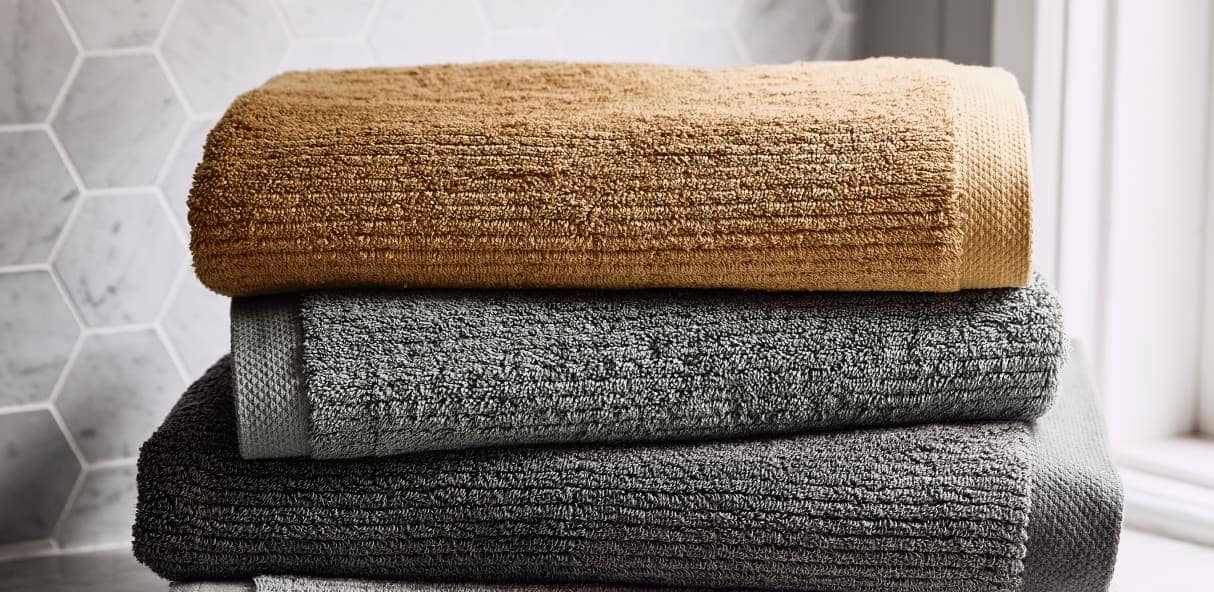
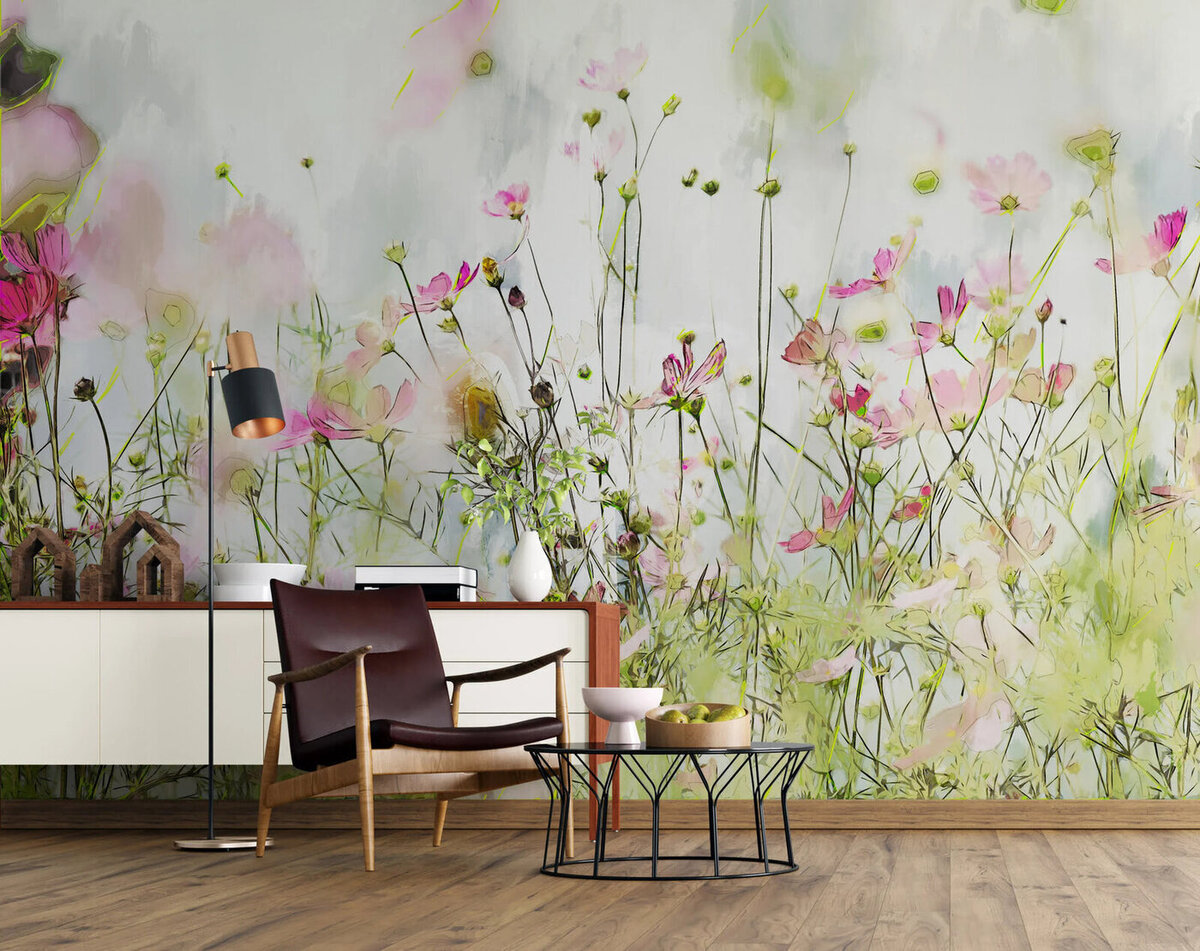
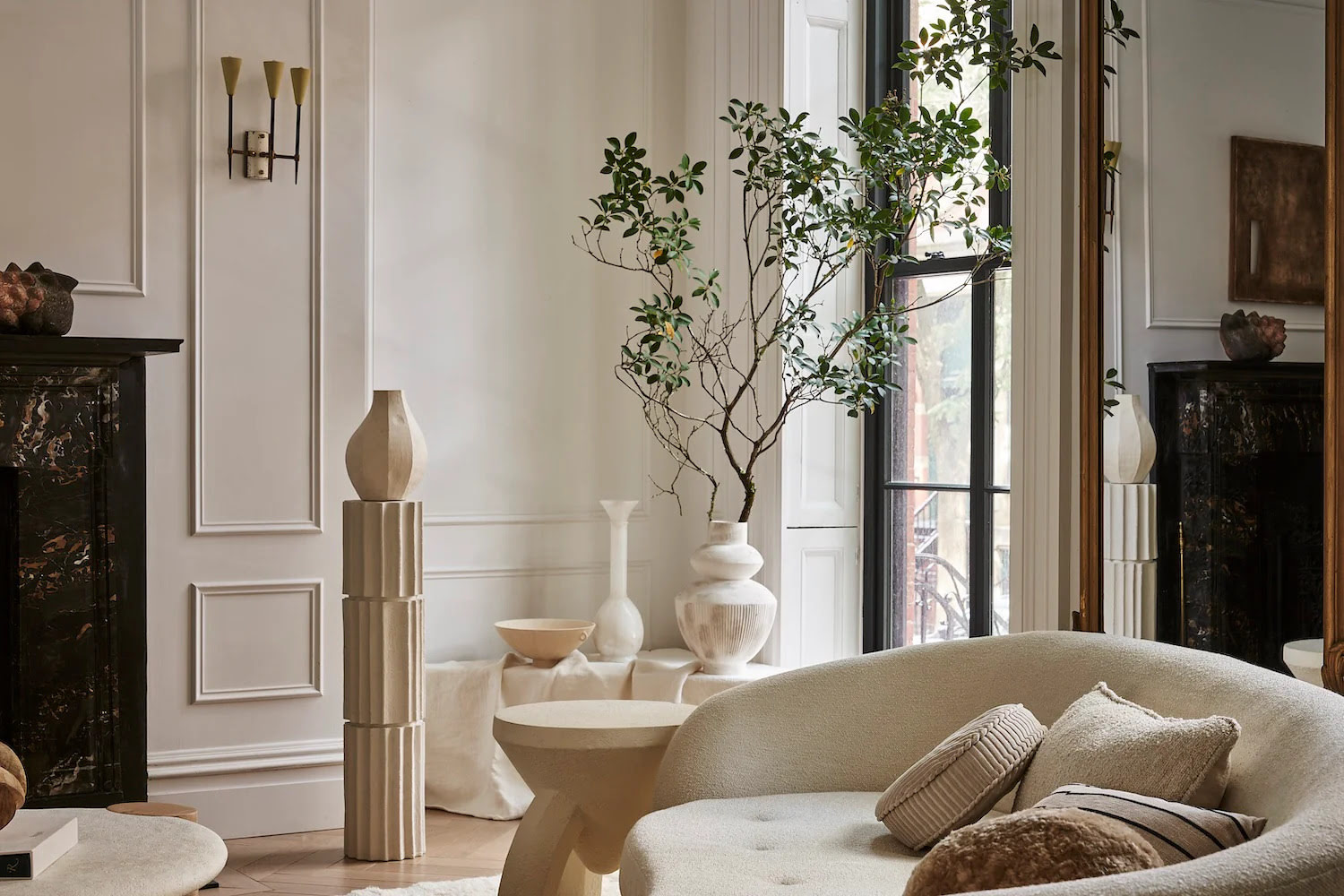
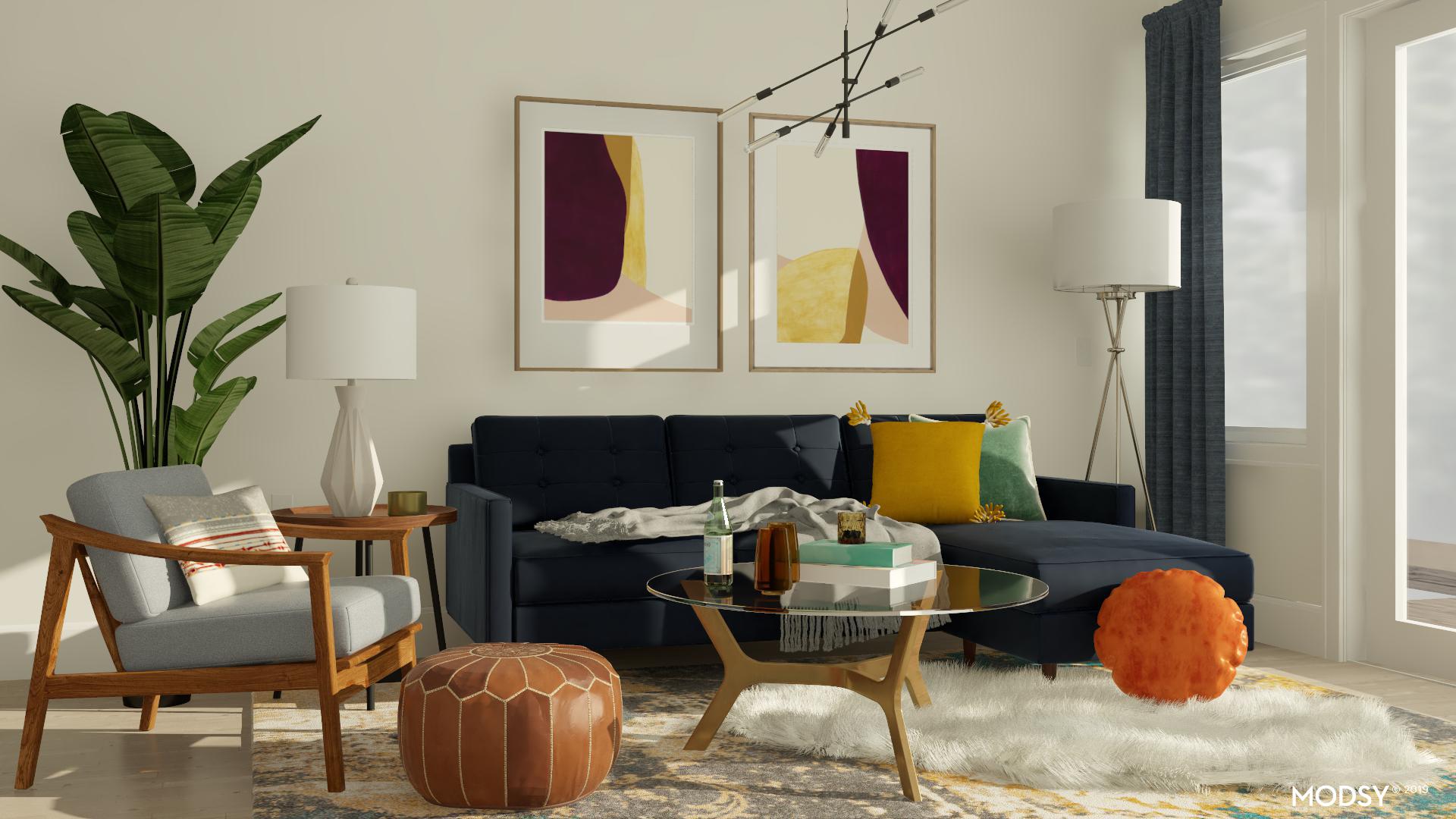
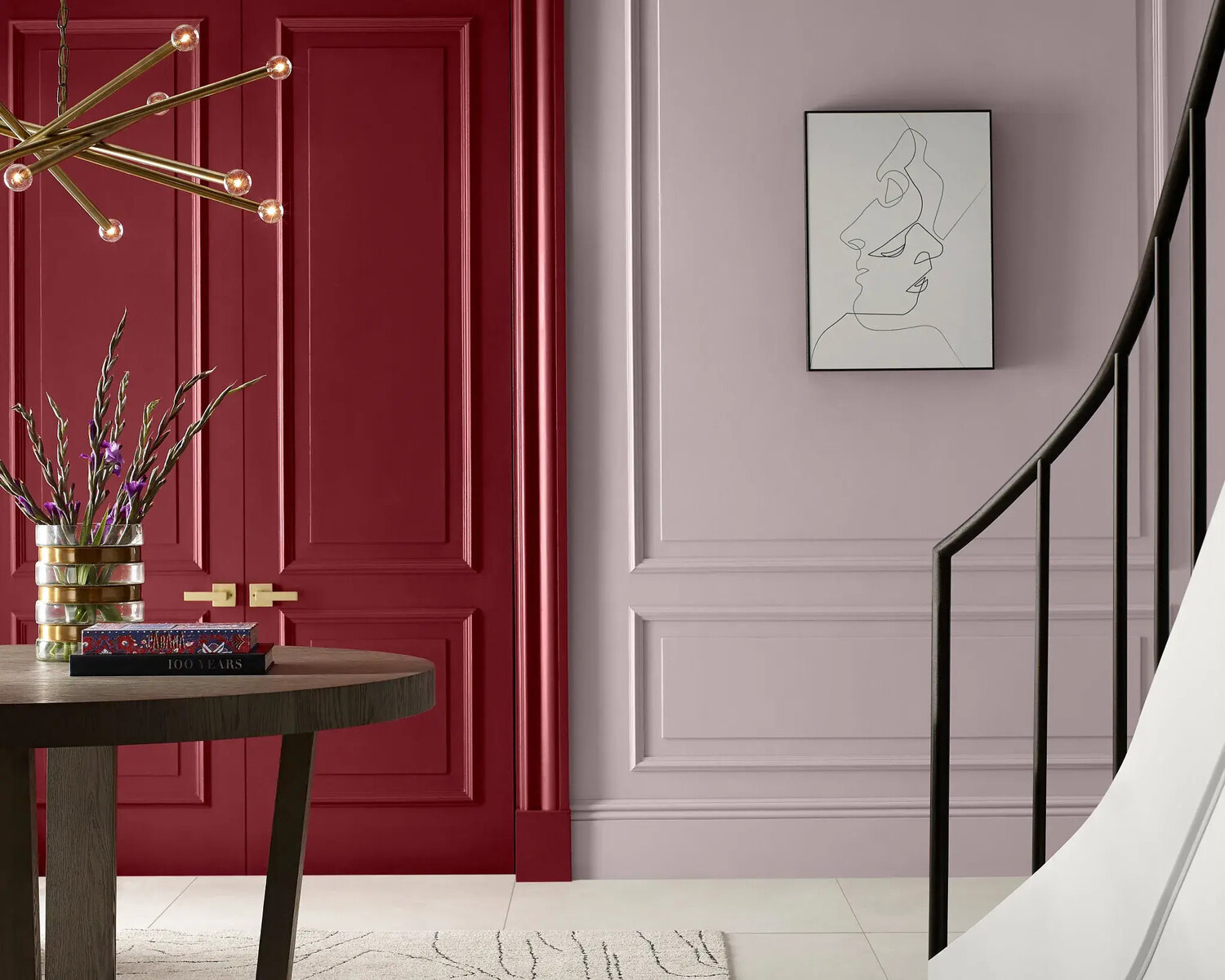
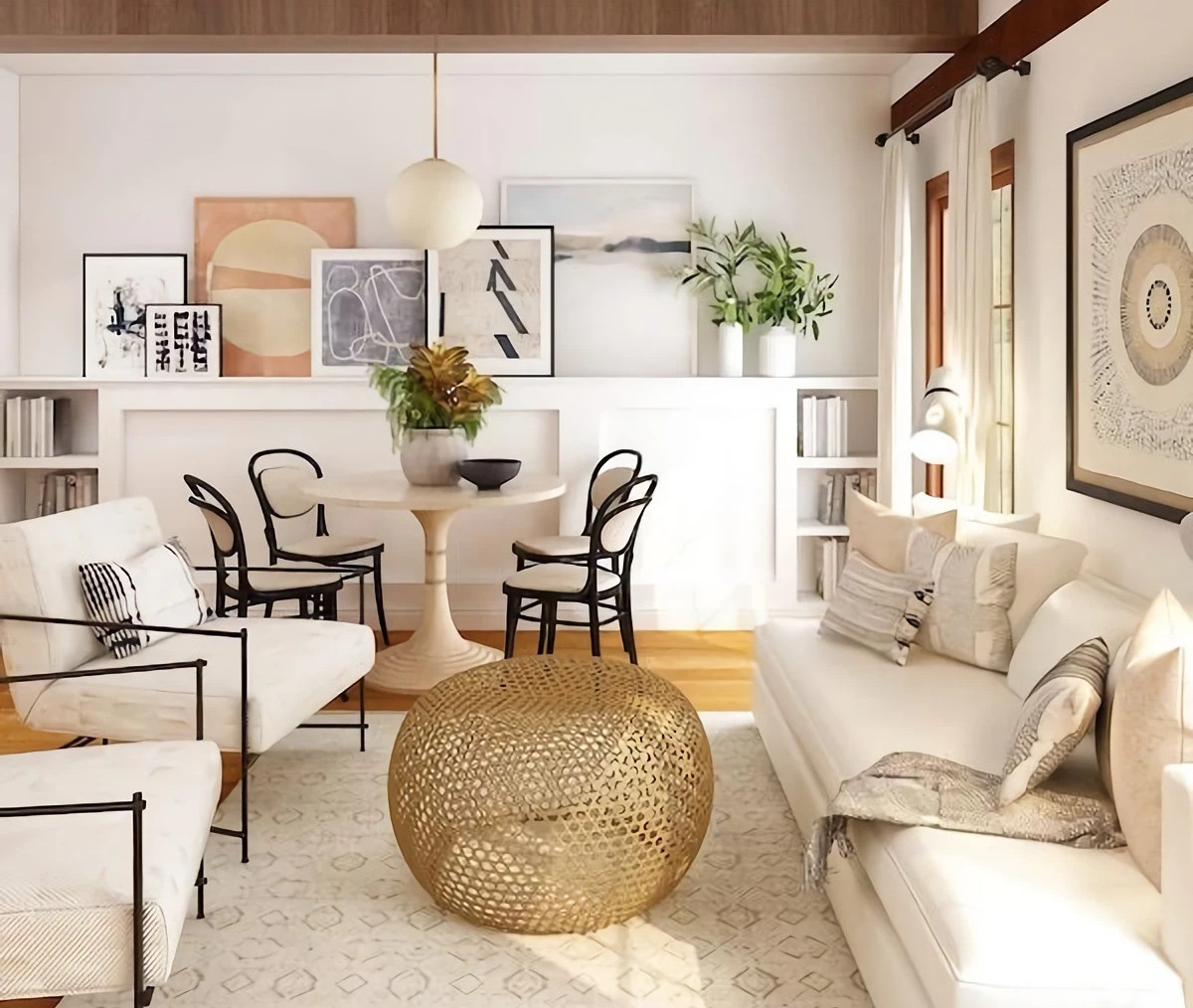
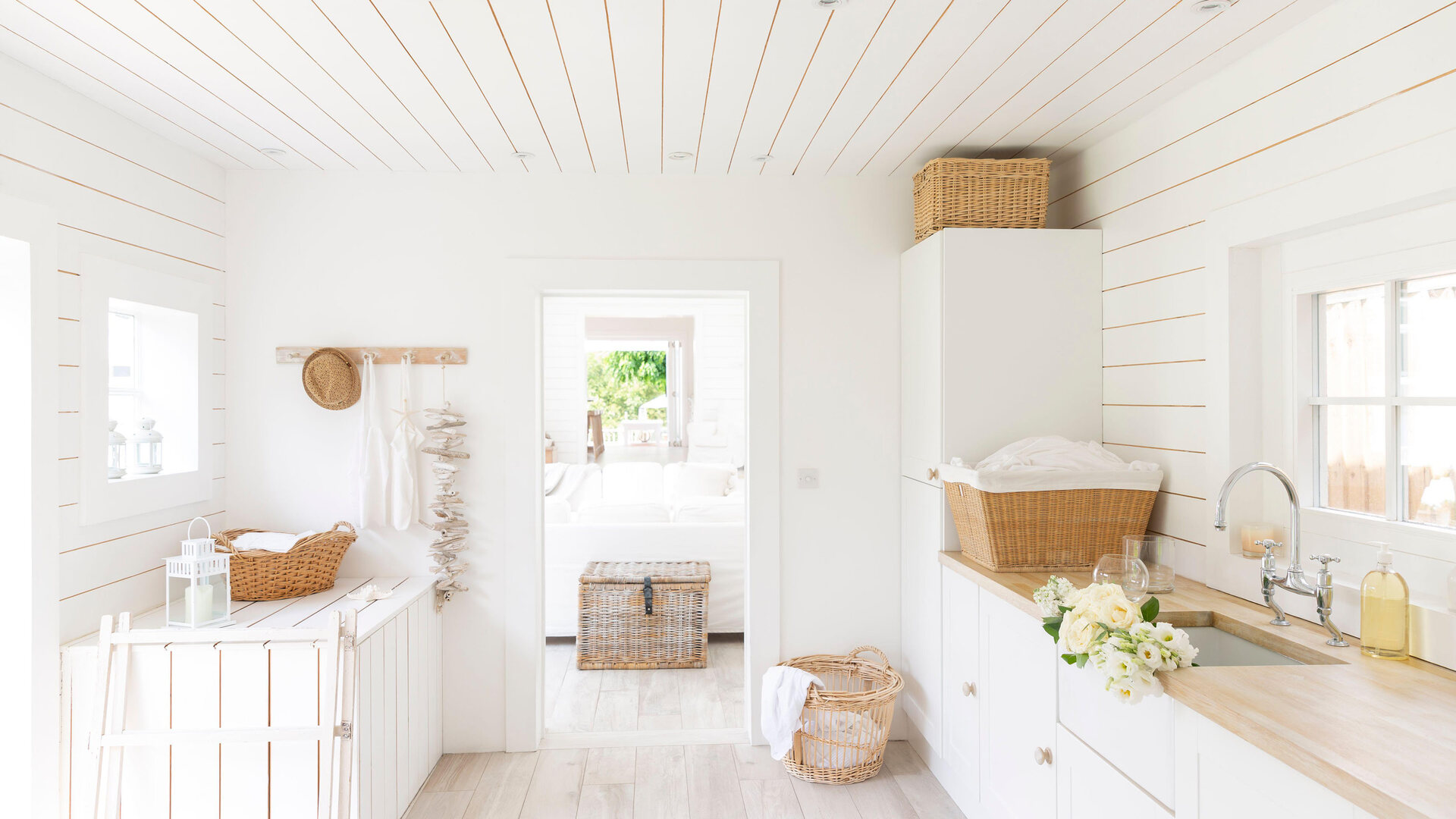
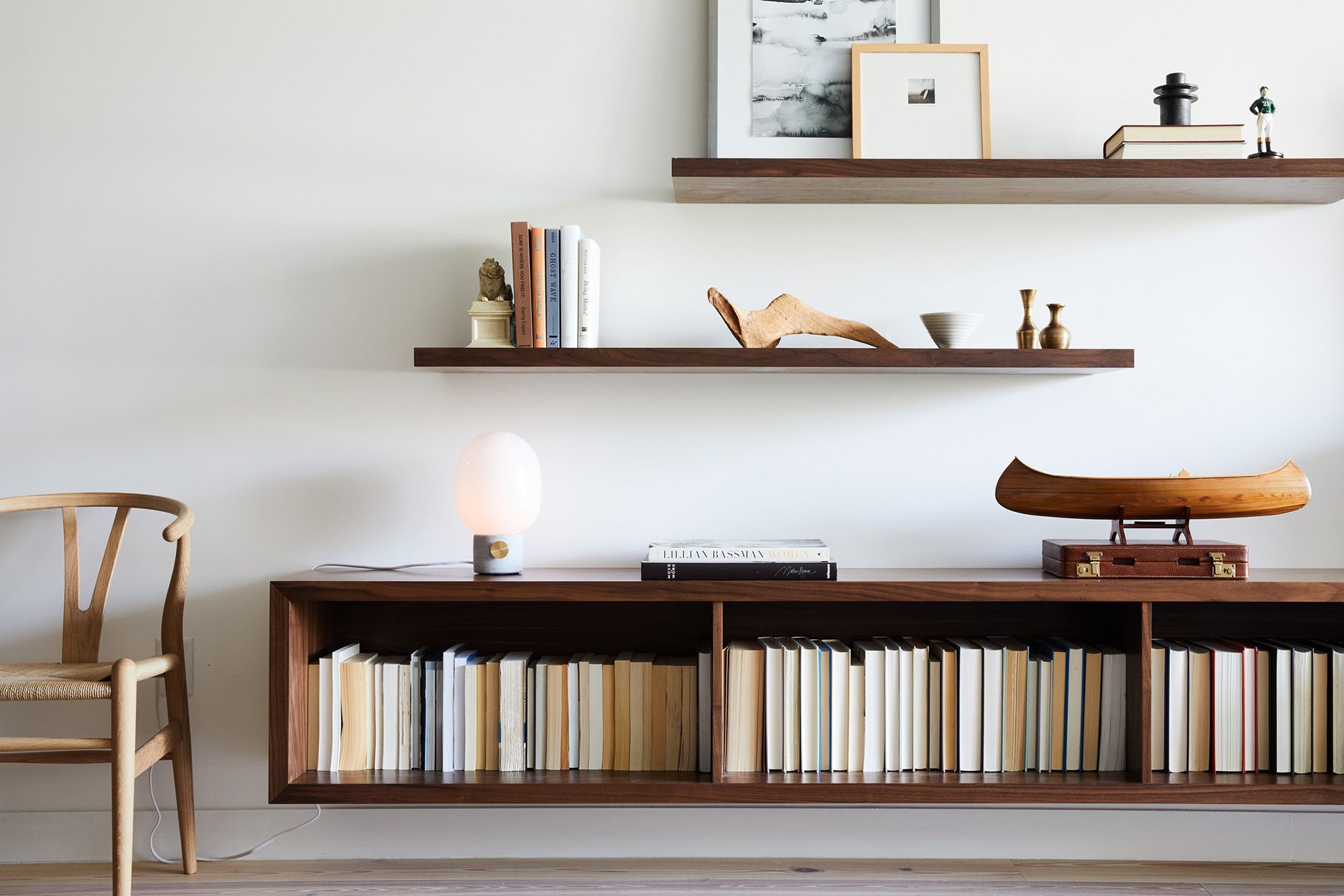


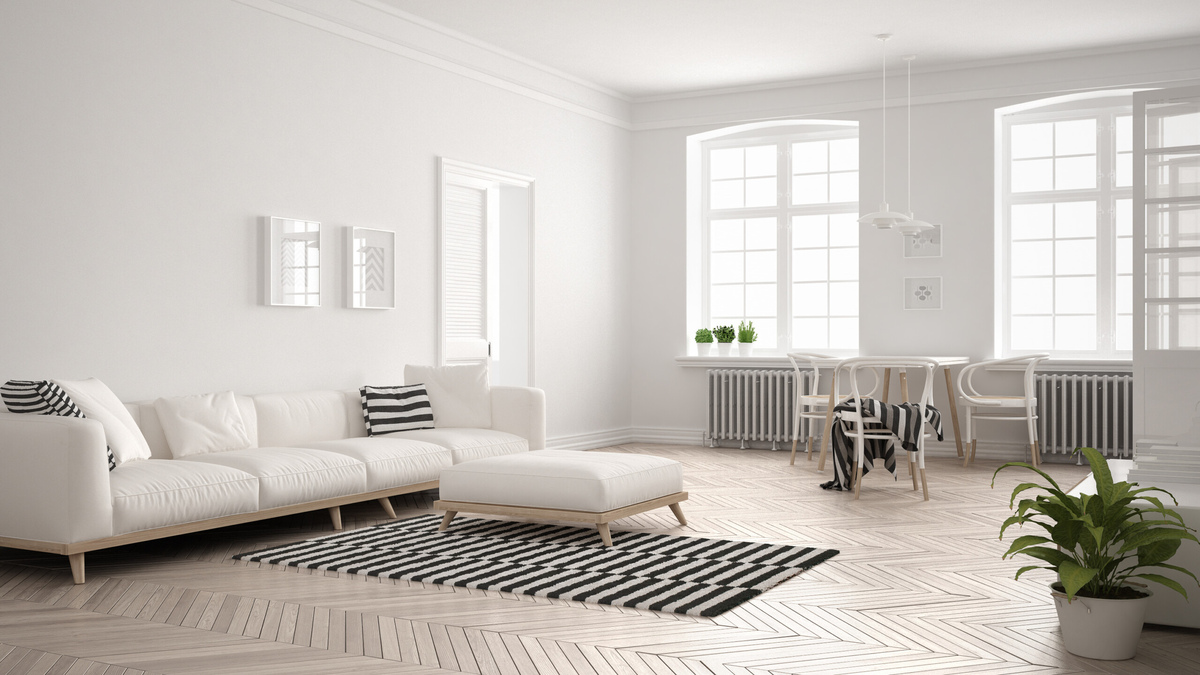
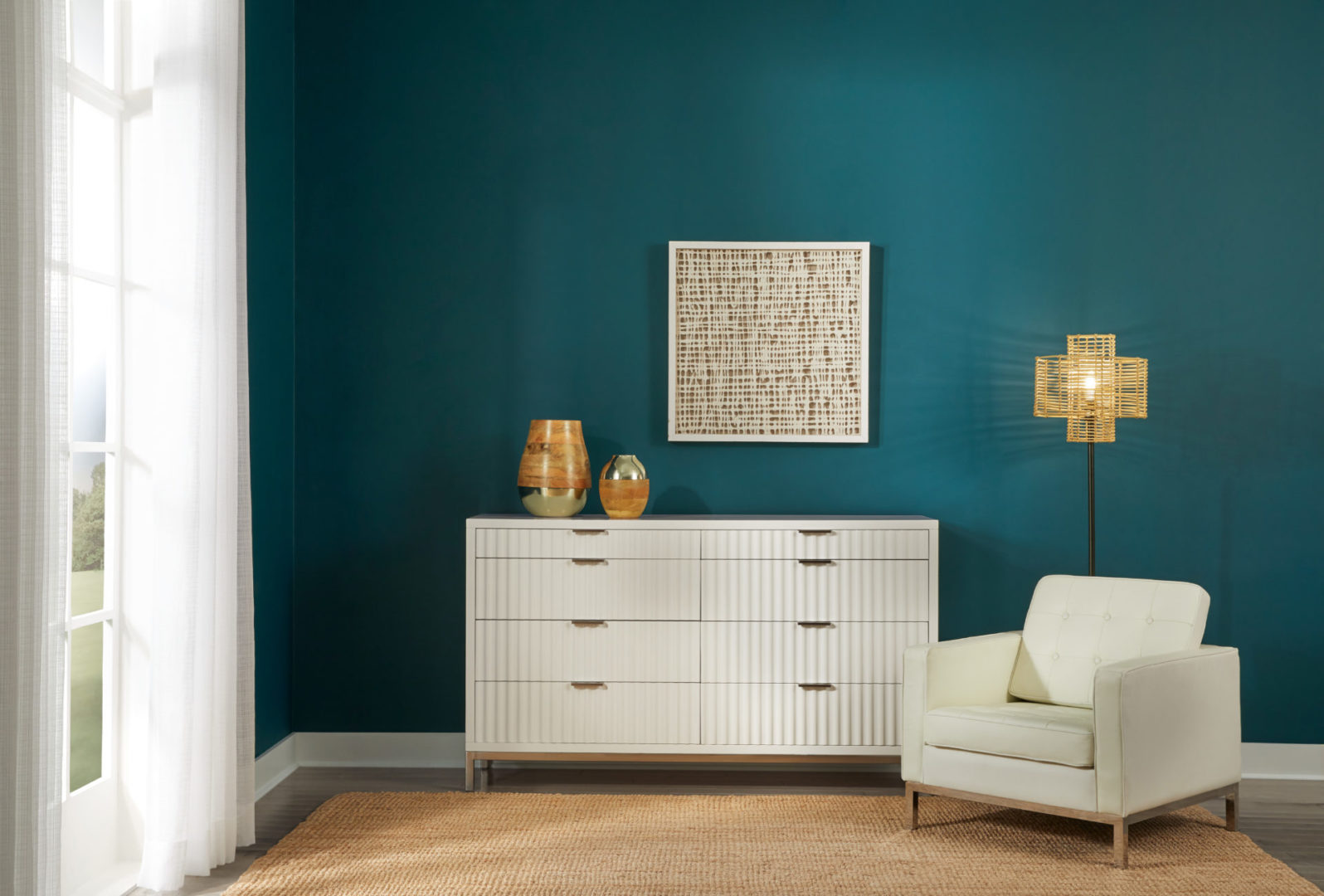

0 thoughts on “What Is Trending In Home Decor In 2025”